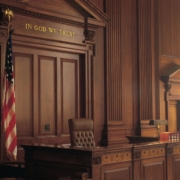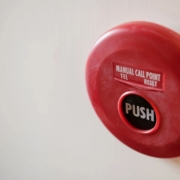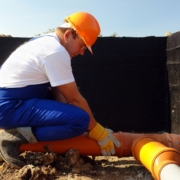Did you know there are different types of home insurance. Each policy type varies dramatically in the coverage it provides. The following types of homeowners policies are fairly standard across the country though they might differ slightly in coverage or name across different states.
If you own the home you live in, you have several policies to choose from. The most popular policy type is the HO-3, which provides the broadest coverage.
Policy Types:
HO-1: Limited coverage policy
This “bare bones” policy covers you against 10 named disasters (fire, lightning, and wind to name a few). It’s no longer available in most states.
HO-2: Basic policy
A basic policy that provides protection against 16 named disasters instead of 10. There is a version of HO-2 designed for mobile homes.
This “bare bones” policy covers you against 10 named disasters (fire, lightning, and wind to name a few). It’s no longer available in most states.
HO-2: Basic policy
A basic policy that provides protection against 16 named disasters instead of 10. There is a version of HO-2 designed for mobile homes.
HO-3: The most popular policy
This “special” policy protects your home from all perils except those specifically excluded.
This “special” policy protects your home from all perils except those specifically excluded.
Coverage Levels
Besides the different policy types, there are also varying degrees of claim payment. The following list outlines each one.
- Actual cash value.
This type of policy pays to replace your home or possessions minus a deduction for depreciation. - Replacement cost.
The policy pays the cost of rebuilding/repairing your home or replacing your possessions without a deduction for depreciation. - Guaranteed or extended replacement cost.
This policy offers the highest level of protection. A guaranteed replacement cost policy pays whatever it costs to rebuild your home as it was before the fire or other disaster–even if it exceeds the policy limit. This gives you protection against sudden increases in construction costs due to a shortage of building materials after a widespread disaster or other unexpected situations. It generally won’t cover the cost of upgrading the house to comply with current building codes. You can, however, get an endorsement (or an addition to) your policy called Ordinance or Law to help pay for these additional costs. A guaranteed replacement cost policy may not be available if you own an older home.Some insurance companies offer an extended, rather than a guaranteed replacement cost policy. An extended policy pays a certain percentage over the limit to rebuild your home. Generally, it is 20 to 25 percent more than the limit of the policy. For example, if you took out a policy for $100,000, you could get up to an extra $20,000 or $25,000 of coverage.Even though a guaranteed/extended replacement cost policy may be a bit more expensive, it offers the best financial protection against disasters for your home. These coverages, however, may not be available in all states or from all companies.






